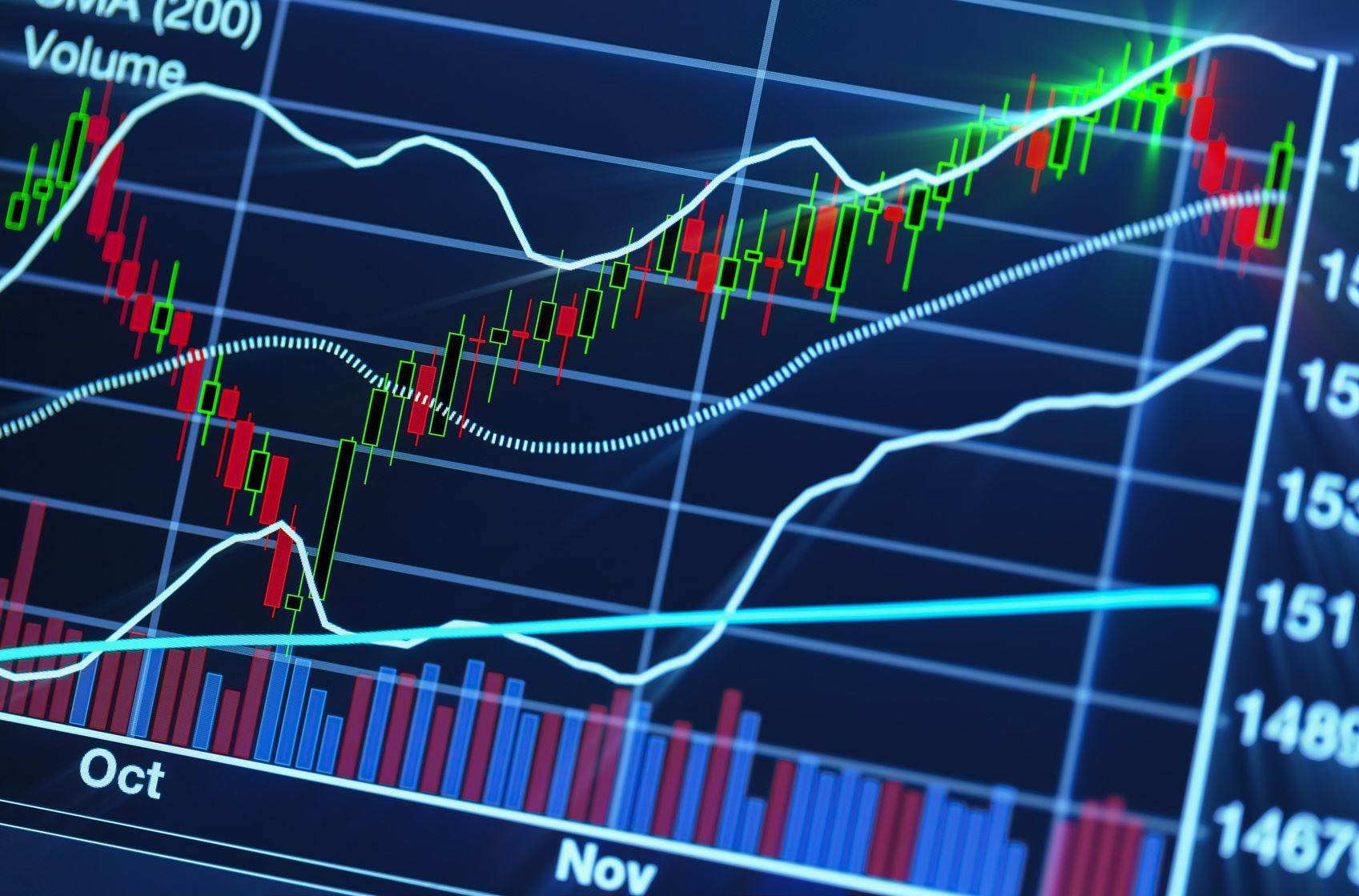| 2017 | 2018 | 2019 | 2020 (projected) | Cash and Equivalents | 335.77 M | 349.56 M | 358.92 M | 311.31 M | Total Assets | 13.8 B | 13.29 B | 13.5 B | 12.15 B |
Breaking up Trustmark (NASDAQ:TRMK) risk factors?
| By Rifka Kats | Macroaxis Story |
Trustmark is currently does not generate positive expected returns and assumes 3.8338% risk (volatility on return distribution) over the 90 days horizon. Although many risk-takers are getting more into financial services space, some of us are not very happy with Trustmark's current volatility. We will concentrate on how risky is to take a position in Trustmark at this time.
Macroaxis uses a strict editorial review process to publish stories and blog posts. Our publishers support our company and may receive a small commission when the partner links or references are utilized. Commissions do not affect the opinions or evaluations of our editorial team. The information our editors and media partners deliver is confidential and licensed for your sole use as a Macroaxis user. We reserve all rights to the content of this article, and therefore copying or distributing this story in whole or in part is strictly prohibited.
Reviewed by Ellen Johnson
Trustmark currently holds roughly 479 M in cash with 22.41 M of positive cash flow from operations. This results in cash-per-share (CPS) ratio of 7.55. Volatility is a rate at which the price of Trustmark or any other equity instrument increases or decreases for a given set of returns. It is measured by calculating the standard deviation of the annualized returns over a given period of time and shows the range to which the price of Trustmark may increase or decrease. In other words, similar to Trustmark's beta indicator, it measures the risk of Trustmark and helps estimate the fluctuations that may happen in a short period of time. So if prices of Trustmark fluctuate rapidly in a short time span, it is termed to have high volatility, and if it swings slowly in a more extended period, it is understood to have low volatility. Please read more on our technical analysis page.
How important is Trustmark's Liquidity
Trustmark financial leverage refers to using borrowed capital as a funding source to finance Trustmark ongoing operations. It is usually used to expand the firm's asset base and generate returns on borrowed capital. Trustmark financial leverage is typically calculated by taking the company's all interest-bearing debt and dividing it by total capital. So the higher the debt-to-capital ratio (i.e., financial leverage), the riskier the company. Financial leverage can amplify the potential profits to Trustmark's owners, but it also increases the potential losses and risk of financial distress, including bankruptcy, if the firm cannot cover its debt costs. The degree of Trustmark's financial leverage can be measured in several ways, including by ratios such as the debt-to-equity ratio (total debt / total equity), equity multiplier (total assets / total equity), or the debt ratio (total debt / total assets). Please check the breakdown between Trustmark's total debt and its cash.
Trustmark Gross Profit
Trustmark Gross Profit growth is one of the most critical measures in evaluating the company. The Gross Profit growth rate is calculated simply by comparing Trustmark previous period's values with its current period's values. Each time period you're measuring should be of equal lengths the increase or decrease, in a company's Gross Profit between two periods. Here we show Trustmark Gross Profit growth over the last 10 years. Please check Trustmark's gross profit and other fundamental indicators for more details.
Trustmark Volatility Drivers
Trustmark unsystematic risk is unique to Trustmark and usually not directly affected by the market or economic environment. An example of unsystematic risk is the possibility of poor earnings or a layoff due to coronavirus. One may mitigate nonsystematic risk by buying different securities in the same industry or by buying in different sectors. For example, if you have a position in Trustmark you can also buy Home Bancorp. You can also mitigate this risk by investing in the financials sector as well as in companies having nothing to do with it. This type of risk is also called diversifiable risk and can be understood from analyzing Trustmark important indicators over time. Here we run a correlation analysis between relevant fundamental ratios over at least ten year period to find a relationship in the way they react to changes in Trustmark income statement and balance sheet. Here are more details about Trustmark volatility.Click cells to compare fundamentals
Breaking it down
The recent Trustmark price drops created some momentum for traders as it was traded today as low as 22.22 and as high as 22.96 per share. The company management teams were unable to exploit market volatilities in June. However, diversifying your overall positions with Trustmark can protect your principal portfolio during market swings. The stock standard deviation of daily returns for 30 days investing horizon is currently 3.83. The above-average risk is mostly attributed to market volatility and speculations regarding some of the upcoming earning calls from Trustmark partners.
Building efficient market-beating portfolios requires time, education, and a lot of computing power!
The Portfolio Architect is an AI-driven system that provides multiple benefits to our users by leveraging cutting-edge machine learning algorithms, statistical analysis, and predictive modeling to automate the process of asset selection and portfolio construction, saving time and reducing human error for individual and institutional investors.
Try AI Portfolio ArchitectEditorial Staff
This story should be regarded as informational only and should not be considered a solicitation to sell or buy any financial products. Macroaxis does not express any opinion as to the present or future value of any investments referred to in this post. This post may not be reproduced without the consent of Macroaxis LLC. Macroaxis LLC and Rifka Kats do not own shares of Trustmark. Please refer to our Terms of Use for any information regarding our disclosure principles.
